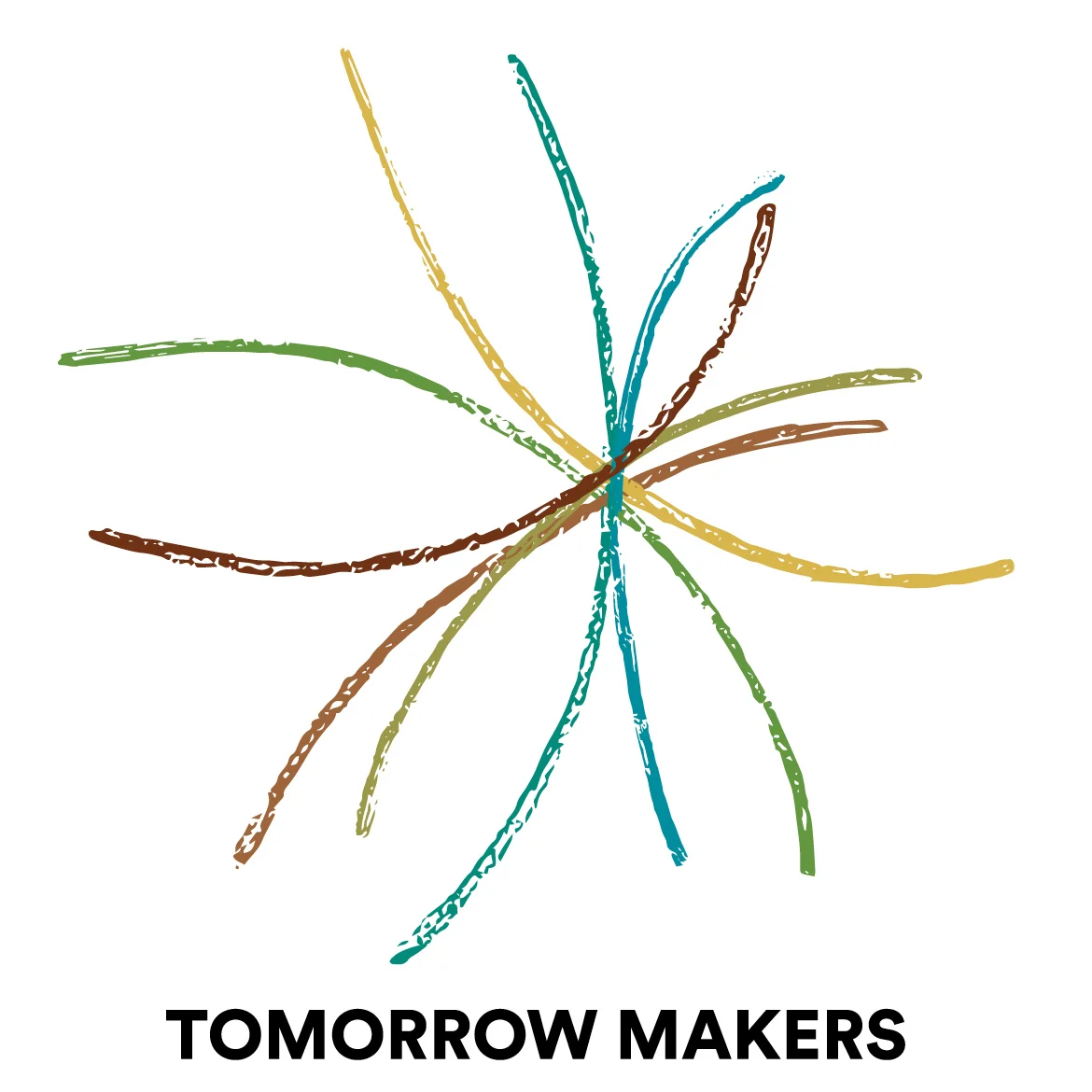THE GREAT LEAP
/We are at a moment of commencement. A powerful ending and dramatic beginning. Standing in the old, hierarchical paradigm is scary. It is looking straight into the abyss.None of the alternatives look good. Leaping this abyss to a paradigm of panarchy requires an optimism grounded in a trust that with these new tools and realities we can give new meaning to our place in the world.
“Humanity is coalescing. It is reconstituting the world, and the action is taking place in schoolrooms, farms, jungles, villages, campuses, companies, refuge camps, deserts, fisheries, and slums… Rather than control, it seeks connection. Rather than dominance, it strives to disperse concentrations of power. Like Mercy Corps, it works behind the scenes and gets the job done. Large as it is, no one knows the true size of this movement.”
-Paul Hawken, 2009 Commencement to University of Oregon
To give this view of reality more than a short bleep in history, it needs care, nourishment, and stewardship of trust building. It demands ongoing design, engaging people of all walks of life in making this great leap and cohering into a powerful resilience on the other side.
So concludes a paper we recently wrote for a client to present to their client, and that is now available on our website. We were asked to address specific questions around paradigm shifts and how one might help to shape them. While this does put a specific context around the paper that the reader should keep in mind, there are a number of ideas embedded in it which we believe can help any individual or community think their way into a new paradigm. We have named this paradigm Panarchy.
These are:
- Our thoughts about the emergence of a new paradigm
- The Wayfinding process and why we think it an essential part of any team actively exploring future options (see additional thoughts on this re: our Journal and our services)
- The Trim Tab process and how to bring a number of projects together
- The infrastructure that supports long-term ongoing change.
- The positioning and power for standing within a new paradigm.
This is a work in progress. We have begun developing it more broadly than the initial set of questions we were asked to consider. There are countless lenses and perspectives to the notion of how paradigm shifts can, have, will, might, or will not happen. The more we learn, the more there is to learn. We hope you will provide us feedback and guidance as we continue to iterate and design our way forward.
Gail and Todd
Download a pdf of From Hierarchy to Panarchy: the unfolding of a global paradigm shift

